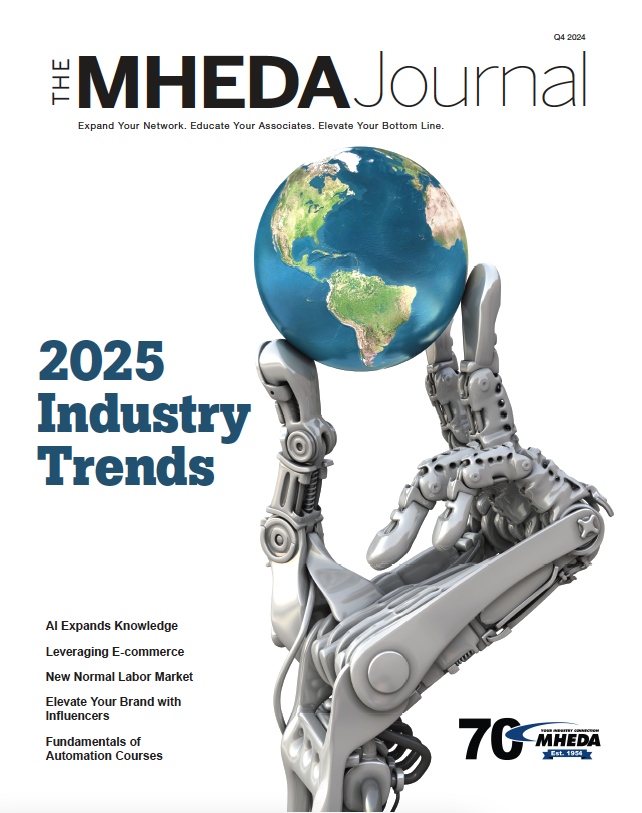Third Quarter Economic Forecast
October 3, 2022

This is an excerpt from MHEDA’s 17-page Custom Economic Advisory Report, produced quarterly by ITR Economics. This Economic Report is free to MHEDA members and provides clear, actionable information on current economic trends and data on seven markets applicable to your business. Visit www.mheda.org/economy to access today.
It is getting scarier out there in the economy. We have a bear market, multi-decade highs in inflation, recent decline in Real Personal Income (including transfer payments) and a tick-down in the first-quarter US Real Gross Domestic Product (GDP). On top of that, the Federal Reserve is tightening monetary policy. With all this, it’s no surprise that talk of recession is splashed across the business news nearly every day, and confidence is waning among both consumers and businesses.
How concerned should you be? Some prudence on the back side of the business cycle is always a good idea, but here is what you really need to know:
Are we headed for Great Recession 2.0? We are not. Consumers and businesses are starting this period of business cycle softening in very strong fiscal shape. The situation is nearly the opposite of the period immediately prior to the Great Recession.
So what should you do? Focus on your margins and know your markets. We are calling for relatively flat Real GDP at the bottom of this business cycle. Irrespective of whether actual results come in showing slight contraction or anemic growth, some markets will undergo mild recessions and others will have the proverbial “soft landing” – i.e., no recession, just slowing growth.
“There is so much uncertainty.” We are hearing some version of this quite frequently from business leaders. We understand. There are an abnormally high number of disparate economic data-points and risk factors muddying the waters. That being said, it is our job to identify the relative certainties in this cycle:
1. Interest rates will rise in response to the inflationary threat.
2. Inflation will moderate at least somewhat as demand cools and supply ramps up.
3. Labor will remain scarce and expensive given the myriad of factors causing the shortage. (Remember, the labor shortage predates COVID-19, which then exacerbated the issue.)
4. Consumers and businesses are well positioned to take the punch presented by issues 1, 2, and (for employers) 3. Capitulation is not around the next corner.
5. The financial firewalls of consumers and businesses alike won’t always be so robust. Be prepared for a rocky economic period during the middle of the decade.
What do these factors mean for you?
First, now is a good time to borrow at fixed rates if the ROI on the project is sufficient. Emphasize projects that combat labor scarcity and expense, help you save costs, or otherwise make your business more resilient.
Second, margins will be squeezed if you aren’t careful. Your customers may well start pushing back on price increases, especially as the elevated inflationary period sticks around. You may also find yourself in a period of “profitless prosperity” wherein your top line rises along with inflation, but a peek at the bottom line reveals struggles. Walmart and Target’s disappointing first-quarter earnings reveal that even the blue chips are not immune.
Third, don’t worry excessively. There is a lot of negative sentiment in the media and among consumers right now. Headlines and consumer sentiment are not reliable predictors of what is to come. Take comfort in the solid financial underpinnings of the economy and focus on what you can control.






